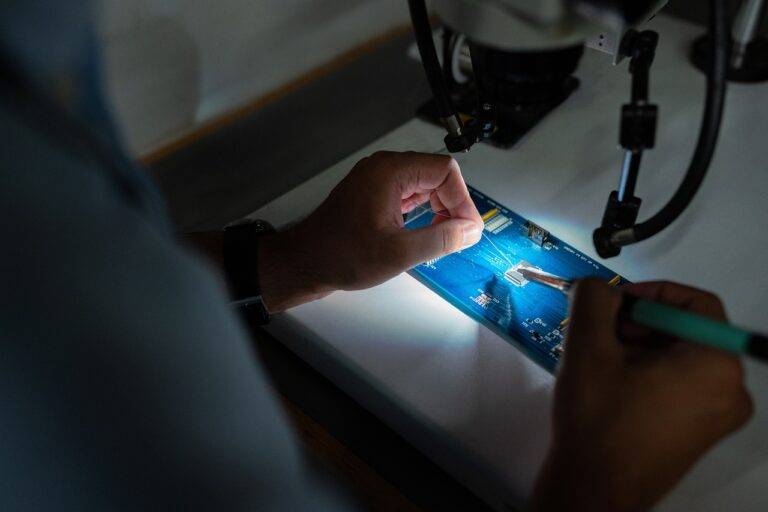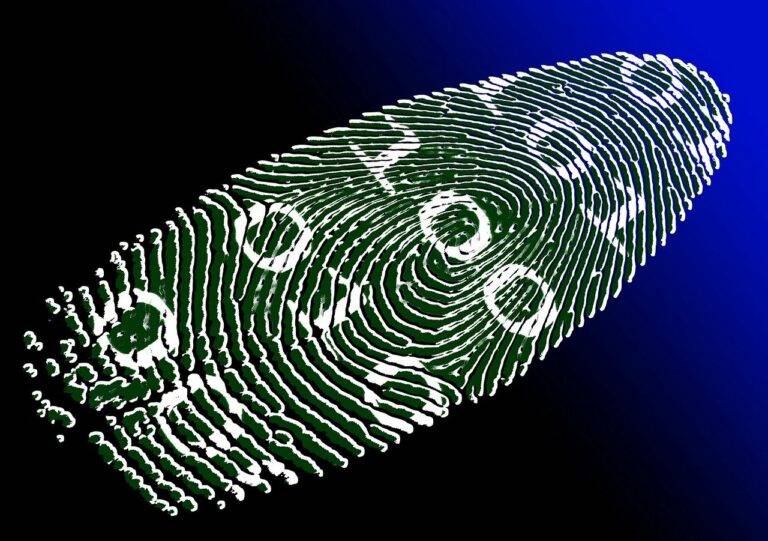Robotics in Healthcare: Enhancing Patient Care
The utilization of robotics in surgical procedures has revolutionized the field of medicine. With the precision and flexibility that robotic systems offer, surgeons are able to perform complex operations with enhanced accuracy and control. This has led to decreased blood loss, shorter recovery times, and reduced risk of complications for patients undergoing robotic-assisted surgeries.
Furthermore, the incorporation of robotics in surgical procedures has opened up new possibilities for minimally invasive techniques. By enabling surgeons to operate through small incisions, robotics minimizes trauma to the patient’s body, resulting in less pain and scarring post-operation. As technology continues to advance, the potential for even more intricate and delicate surgeries to be performed using robotic systems is on the horizon, promising a future of innovation and improved patient outcomes in the field of surgery.
Advancements in Robot-Assisted Rehabilitation
Recent advancements in robot-assisted rehabilitation have revolutionized the field of physical therapy by providing more precise and personalized treatment options for patients. These robots are equipped with sensors and software that allow therapists to monitor patients’ progress in real-time and adjust therapy plans accordingly.
Robot-assisted rehabilitation devices can target specific muscle groups and movements with greater accuracy, promoting faster recovery and improved outcomes for patients recovering from injuries or surgeries. The interactive nature of these robots also helps to keep patients engaged and motivated throughout their rehabilitation process, leading to better compliance and overall success in achieving rehabilitation goals.
Robotic Technology in Diagnostic Imaging
The integration of robotic technology in diagnostic imaging has revolutionized the way medical professionals approach patient care. With the precision and efficiency of robotic systems, healthcare providers can now obtain detailed images that aid in accurate diagnoses and treatment planning. This advanced technology allows for enhanced imaging capabilities, enabling medical teams to identify and address health issues with increased accuracy.
Moreover, the use of robotic technology in diagnostic imaging has significantly improved patient outcomes by reducing the need for invasive procedures. By providing clearer and more precise images, robotic systems help guide medical interventions with greater precision, leading to quicker recovery times and reduced risk for patients. The incorporation of robots in diagnostic imaging not only enhances the quality of care but also contributes to more streamlined and effective treatment strategies.
• Robotic technology in diagnostic imaging revolutionizes patient care
• Precision and efficiency of robotic systems aid in accurate diagnoses and treatment planning
• Enhanced imaging capabilities allow for identification and addressing health issues with increased accuracy
Moreover, the use of robotic technology in diagnostic imaging has significantly improved patient outcomes by reducing the need for invasive procedures. By providing clearer and more precise images, robotic systems help guide medical interventions with greater precision, leading to quicker recovery times and reduced risk for patients. The incorporation of robots in diagnostic imaging not only enhances the quality of care but also contributes to more streamlined and effective treatment strategies.
What are some of the benefits of robotic technology in diagnostic imaging?
Robotic technology in diagnostic imaging can provide more precise and accurate results, reduce the risk of human error, and improve overall patient outcomes.
How does robotic technology impact surgical procedures in diagnostic imaging?
Robotic technology can assist surgeons in performing minimally invasive procedures, leading to quicker recovery times and less post-operative pain for patients.
Are there any limitations to using robotic technology in diagnostic imaging?
While robotic technology can offer many advantages, there may be limitations in terms of cost, accessibility, and the need for specialized training for healthcare professionals.
What are some of the advancements in robot-assisted rehabilitation in diagnostic imaging?
Robot-assisted rehabilitation can help patients regain mobility and function after injury or surgery through targeted exercises and personalized treatment plans.
How is robotic technology changing the landscape of diagnostic imaging?
Robotic technology is revolutionizing diagnostic imaging by improving accuracy, efficiency, and patient outcomes, leading to a more advanced and effective healthcare system.





